Active Directory. 3rd Edition Joe Richards, Robbie Allen, Alistair G. Lowe-Norris
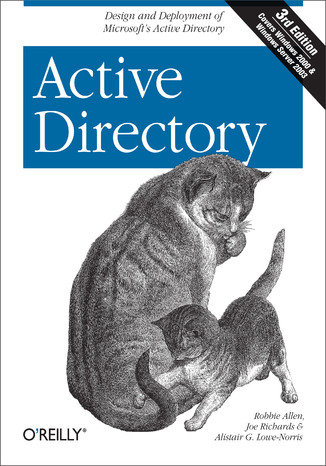

- Autorzy:
- Joe Richards, Robbie Allen, Alistair G. Lowe-Norris
- Wydawnictwo:
- O'Reilly Media
- Ocena:
- Stron:
- 832
- Dostępne formaty:
-
ePubMobi
Opis
książki
:
Active Directory. 3rd Edition
Working with Microsoft's network directory service for the first time can be a headache for system and network administrators, IT professionals, technical project managers, and programmers alike. This authoritative guide is meant to relieve that pain. Instead of going through the graphical user interface screen by screen, O'Reilly's bestselling Active Directory tells you how to design, manage, and maintain a small, medium, or enterprise Active Directory infrastructure.
Fully updated to cover Active Directory for Windows Server 2003 SP1 and R2, this third edition is full of important updates and corrections. It's perfect for all Active Directory administrators, whether you manage a single server or a global multinational with thousands of servers.
Active Directory, 3rd Edition is divided into three parts. Part I introduces much of how Active Directory works, giving you a thorough grounding in its concepts. Some of the topics include Active Directory replication, the schema, application partitions, group policies, and interaction with DNS. Part II details the issues around properly designing the directory infrastructure. Topics include designing the namespace, creating a site topology, designing group policies for locking down client settings, auditing, permissions, backup and recovery, and a look at Microsoft's future direction with Directory Services. Part III covers how to create and manipulate users, groups, printers, and other objects that you may need in your everyday management of Active Directory.
If you want a book that lays bare the design and management of an enterprise or departmental Active Directory, then look no further. Active Directory, 3rd Edition will quickly earn its place among the books you don't want to be without.
Wybrane bestsellery
Joe Richards, Robbie Allen, Alistair G. Lowe-Norris - pozostałe książki
O'Reilly Media - inne książki
Dzięki opcji "Druk na żądanie" do sprzedaży wracają tytuły Grupy Helion, które cieszyły sie dużym zainteresowaniem, a których nakład został wyprzedany.
Dla naszych Czytelników wydrukowaliśmy dodatkową pulę egzemplarzy w technice druku cyfrowego.
Co powinieneś wiedzieć o usłudze "Druk na żądanie":
- usługa obejmuje tylko widoczną poniżej listę tytułów, którą na bieżąco aktualizujemy;
- cena książki może być wyższa od początkowej ceny detalicznej, co jest spowodowane kosztami druku cyfrowego (wyższymi niż koszty tradycyjnego druku offsetowego). Obowiązująca cena jest zawsze podawana na stronie WWW książki;
- zawartość książki wraz z dodatkami (płyta CD, DVD) odpowiada jej pierwotnemu wydaniu i jest w pełni komplementarna;
- usługa nie obejmuje książek w kolorze.
Masz pytanie o konkretny tytuł? Napisz do nas: sklep@ebookpoint.pl
Książka drukowana



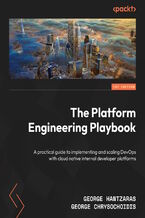




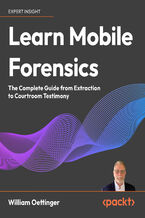




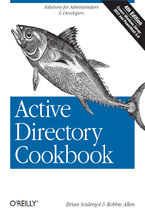
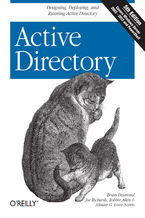
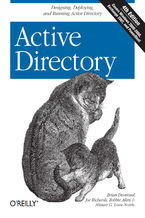
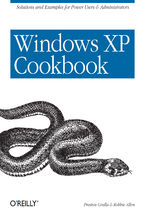
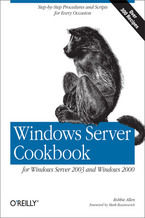
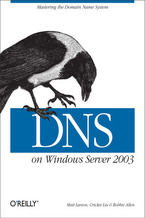






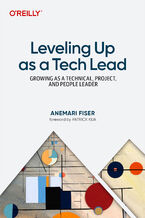
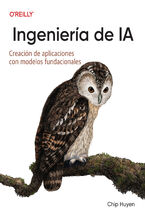

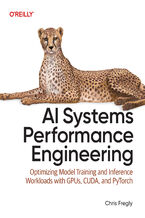
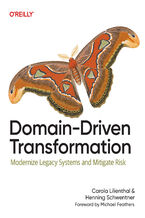
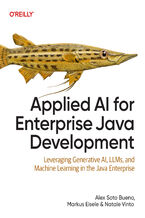
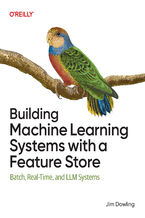
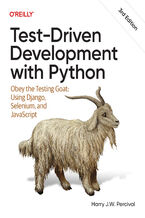
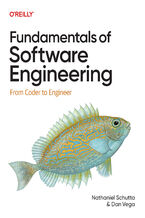

Oceny i opinie klientów: Active Directory. 3rd Edition Joe Richards, Robbie Allen, Alistair G. Lowe-Norris
(0)